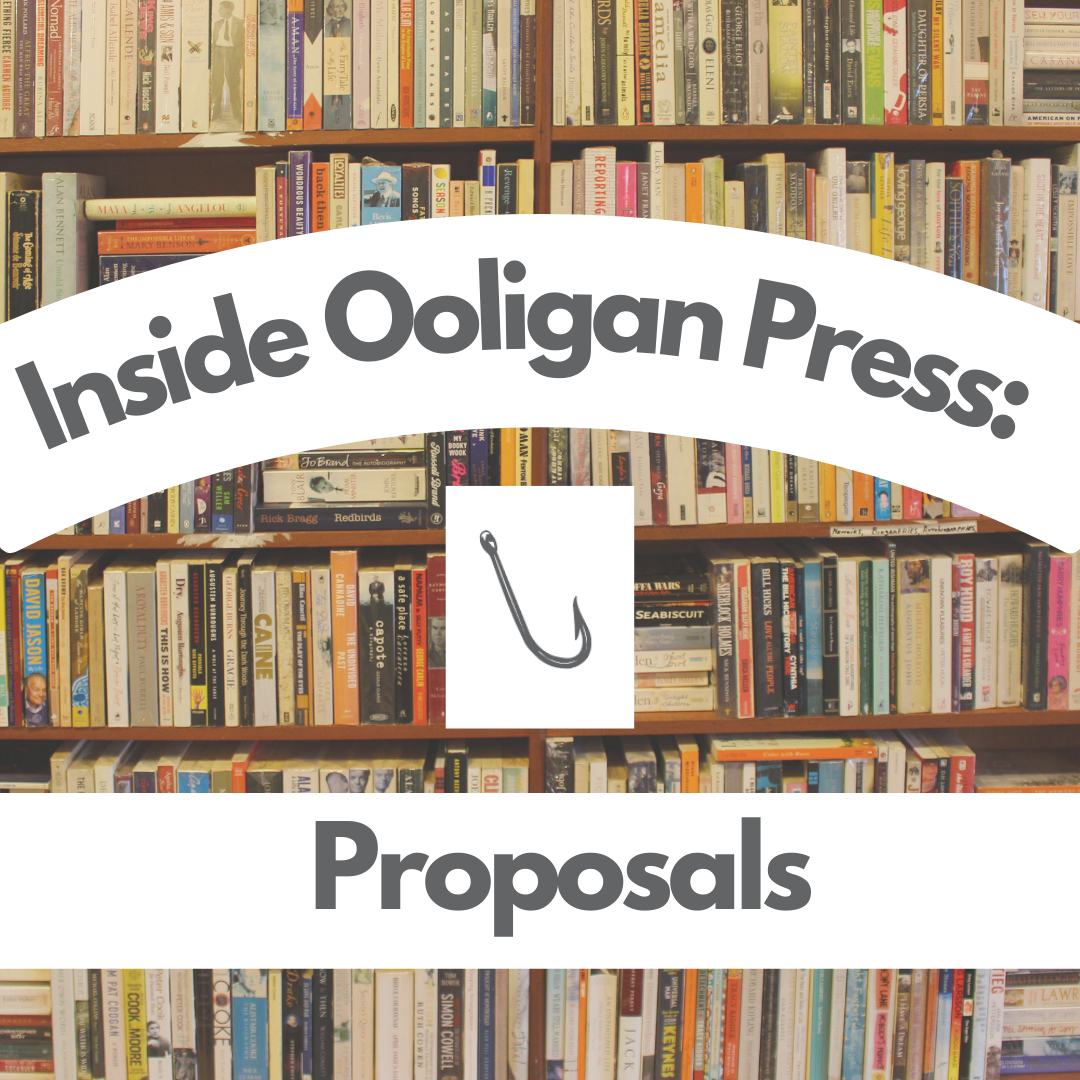Note: This is part of the blog series “Inside Ooligan Press”, about how we take a manuscript from an idea to a professionally published book.
So, you wrote a killer query letter and we requested a proposal package, but what does that mean? Before you go and resubmit the same query letter and call it your proposal (as MANY have done) think again!
The proposal package consists of two crucial items, submitted together on our Submittable page. They are your cover letter and your full manuscript, but let’s break it down even further. If you followed our directions with your query, you only sent us the first ten pages of your manuscript. When we request a proposal package, this is your invitation to submit the full manuscript—you got a full read request. Go you! Submit the most up-to-date, most polished version of your manuscript, preferably in a Word document.
The how and why of the cover letter are a little more complex. With your query, you provided just enough to get us interested in reading your full manuscript. With your cover letter, you are trying to convince us that you and your book are the right fit for our press, for our mission, and for our reach. You’ll want to help us envision the future for your book and provide pertinent details about how to best present it to the world—and how you plan to participate in that presentation if we publish it.
Your proposal cover letter can be a beautifully designed document organized into sections and contain striking headings, images, and mock-ups of the cover, or it can be a bunch of words on a page. While a stylized document certainly helps us envision your book and its potential future more readily, it is not required, and words alone will suffice. Just be sure to include the words we’re looking for.
First up is the content warning. This means letting us know if there is anything in your manuscript that may be triggering to a reader. Triggers vary, but the most common ones include self-harm, suicide, sexual assault, graphic violence, substance abuse, and disordered eating. If you are unsure whether something you’ve written may be a trigger, err on the side of caution and warn us. Do note that this warning will not prevent your manuscript from being read and considered: it simply ensures that the right person will be reading and evaluating it (the right person being an editor to whom the content will not cause mental or emotional harm).
The rest of your letter should include a synopsis of your book, the projected page count, a table of contents if appropriate, the genre and intended audience, comp titles, marketing ideas, and any connections or platforms you have that may be utilized for marketing and promotion purposes. If your query letter did not contain an author bio written in the third-person detailing your pertinent background information, include that here as well. Yes, this requires a little effort, but there is a reason for it, I promise.
Once the Managing Acquisitions Editors decide yours is The One, we still have to pitch your manuscript to the entire press before voting to accept or reject the project. We must convince them to see what we see, that there is potential for a successful collaboration with you and your book. We do this with a pitch presentation, which contains the information from your cover letter, along with our own in-depth market research guided by our expertise in the publishing industry. We set it to music and a little light choreography. That last bit is not true. But we do have to make a strong case for why we should publish this book and be convincing in its presentation: a solid informational foundation and an author who understands their book, has realistic expectations, and is willing to work alongside us to get the job done can make or break our case—and it is your cover letter that reveals all of this to us.
Every manuscript for which we request a proposal package gets thorough, careful consideration. But even with an excellent manuscript, the author’s work is not done. You’ve got to convince us that you and your book are the right fit for us, that you are willing to do what is asked of you and more—and that begins with creating a proper proposal.

